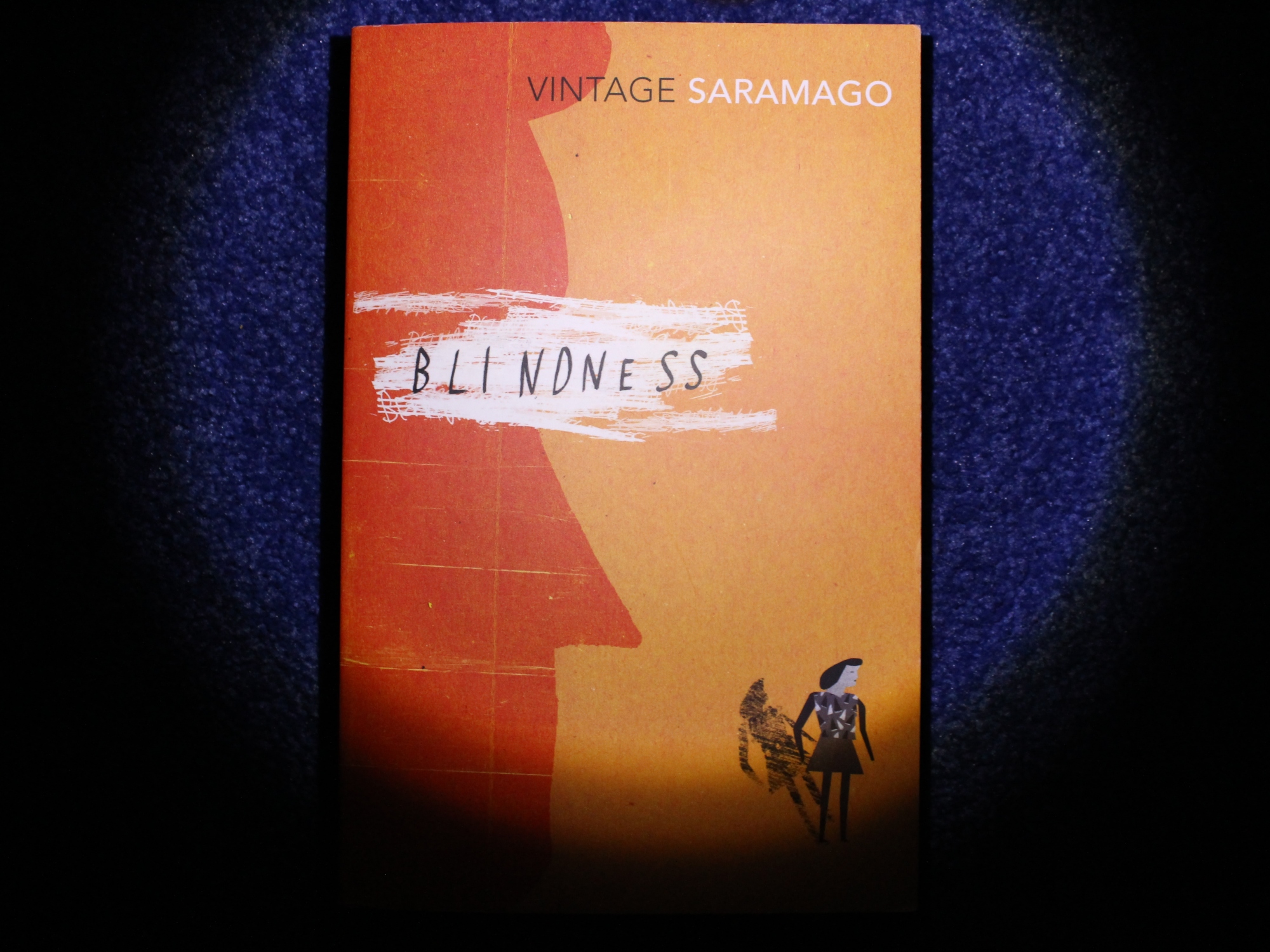Date finished: June 5th 2015
As a race, humans have a strange fascination with the breakdown of society. We have an odd, masochistic urge to see humans on their knees struggling to survive, whether it’s on-screen (Mad Max, The Book of Eli, Waterworld, The Omega Man) or, more often, in literature (Children of Men, The Road, I Am Legend, The Day of the Triffids and many more).
Within this misanthropic genre, there’s one particular gem that is too often overlooked, and that is José Saramago’s masterpiece Blindness.
The concept of Blindness is terrifying in its simplicity: what if everyone went blind? And so the novel opens at a set of traffic lights, with the car at the front of the queue not moving when the lights turn green. Irate motorists get out of their cars to see what the hold up is and find that the man at the front of the queue has gone blind.
The blindness spreads rapidly, like the flu, and the government panics. They round up the blind and quarantine them in an abandoned mental asylum in an effort to stop the blindness from spreading. But the level of negligence that the blind must endure from the terrified government sees them on the very brink of survival and the quarantined begin to resort to tribalism. From hereon, things only get worse.
Saramago has a very distinctive style, shirking quotation marks and new lines for speech, preferring instead free-flowing, comma-separated sentences. This takes some getting used to but ultimately doesn’t prove too confusing as the novel features few central characters, and none of them have names. After all, in the world of the blind, people are defined by their voices. If anything these idiosyncratic quirks add more to the tale where in the hands of a less skilled author they would take away.
Blindness doesn’t pull its punches. Saramago describes the fetid conditions of the asylum in nauseating detail, and the atrocious acts that are committed within its walls are rendered with similar transparency.
However, the novel never falls into Blood Meridian levels of hopelessness. The main characters begin to form a community that endeavours to hold onto its humanity. The nameless protagonists become fully-formed individuals who’s continued survival we become invested in.
It takes a powerful writer to make such a disturbingly possible epidemic into such a gripping tale, and to inject it with some hope is nigh impossible, but Saramago somehow manages to pull it off. Humanity is portrayed at its best and worst within these pages, and anyone who claims to love apocalyptic fiction should add this to book to their collection post-haste.
8/10

